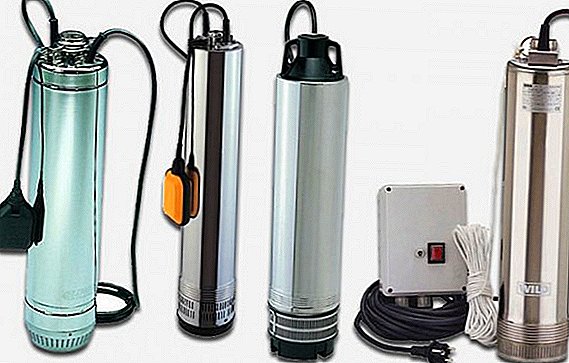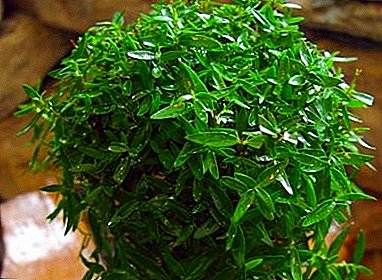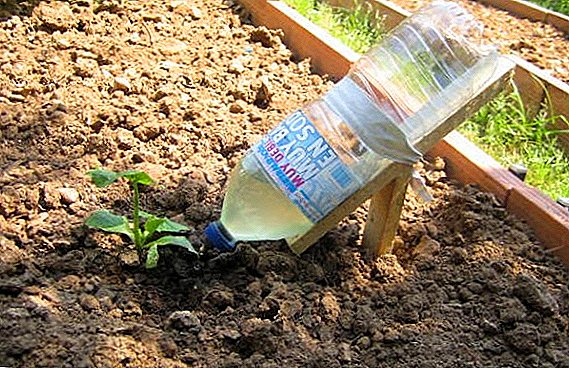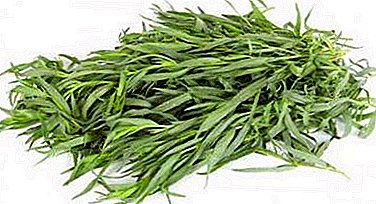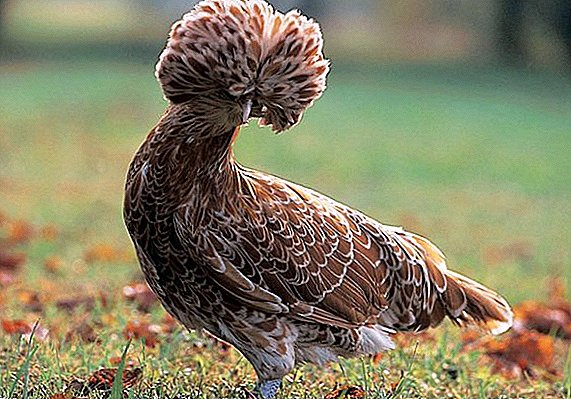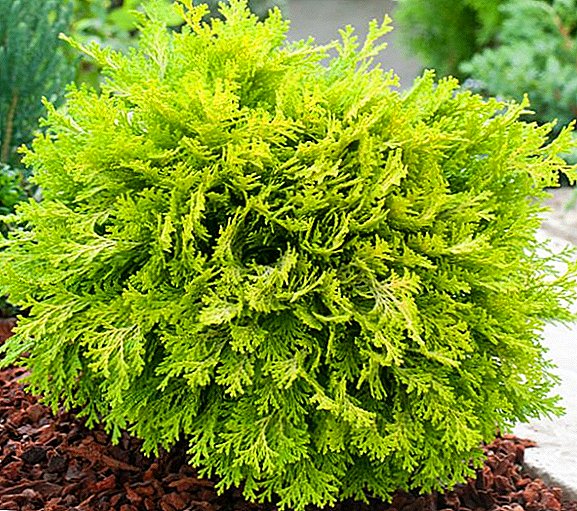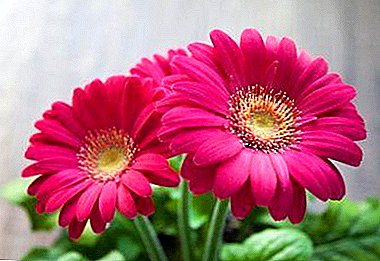
Gerberas - bright plants, similar to flowers with chamomile. It is no coincidence that their second name is Transvaal daisy. Gerberas are grown in gardens and greenhouses for cutting and bouquets, but you can start this flower at home.
In order for the plant to stick, it is necessary to follow some simple rules of caring for it at home. This will be discussed in this article, namely: what to do with the plant after purchase; nuances of watering; transplant rules. Learn about possible problems when grown at home: why not bloom, what diseases and pests can ruin a flower.
Basic requirements for growing
These plants love good light in the room where they grow. The place where natural light is bright but diffused is best suited.
Also gerberas require good ventilation in the room, stale air will prevent their flowering. In the warm season, you can arrange them on the balcony or fix under the window, because fresh air, warmth and good illumination are the key to the beauty and health of these plants. The optimum temperature during the blooming of the gerbera is from 17 to 23 degrees, in cold seasons around the flower it is necessary to maintain the temperature regime from 11 to 13 degrees.
Important! It is necessary to pay much attention to the irrigation and spraying of gerberas in order to maintain the required level of humidity in the air and soil, but this item requires more detailed consideration, so we will return to it a little later.
Transfer
For a gerbera to grow and develop, you need to take into account its natural rhythm of life. From the end of summer to the end of autumn, it passes the flowering period, from November to February is at rest, from mid-February to the next flowering the gerbera is actively growing.
 It is impossible to transplant a flower during the rest period, it will disrupt its natural development and accelerate the “fatigue” of the flower, that is, it will be possible to cultivate the plant for only two years instead of the usual four.
It is impossible to transplant a flower during the rest period, it will disrupt its natural development and accelerate the “fatigue” of the flower, that is, it will be possible to cultivate the plant for only two years instead of the usual four.
It is best to change the soil and pot in early spring. The soil should be slightly acidic, composition:
- leaf soil, 2 parts;
- peat, 1 part;
- sand, 1 part.
When choosing a pot for transplanting, you should not choose the one that is much larger than the previous one - it will be more difficult for the gerbera to bloom in a very large space. Increase the size should be gradually.
A gerbera pot should provide good air access to the plant. The best fit clay.
How to care for a flower: recommendations
In order for the flower to please its beauty, you need to follow a few tips. Below you can read in detail the recommendations for caring for a room gerbera at home (how to care for a gerbera growing in pots, read here).
Actions immediately after purchase
You should not immediately transplant a flower, it is better to give it time to get used to the new environment (how and when to transplant gerbera after purchase?). As a gerbera, it will be clear when it fully adapts and is ready. To make the adaptation process better, you need to feed the flower with complex fertilizers every three days.
Before the first transplant, you need to pour boiling water over the pot to kill possible infections and not infect the flower. In the process of transplanting, the ground must be replaced completely, even the remnants of the roots must be cleaned. In any case, you can treat the plant with insecticides to prevent the spread of parasites.
How to properly water?
The main requirement of this flower - compliance with watering. Sufficient soil moisture is a key element in the healthy growth and flowering of gerberas.
Main requirements for irrigation:
- Water should be at room temperature or slightly warm. Cold water only hurts the plant. At the same time, it is worthwhile to take care that the water for irrigation is soft and settled.
- Watering is worth over the edge of the pot so as not to hurt the rosette. It is possible to pour water into the pan, but after half an hour it is necessary to drain the leftovers to prevent rotting of the roots.
What you need to know, taking care of indoor plants?
Other important points in gerbera care:
- Cut the flower at home is not necessary. You can only pick off the dead leaves, so that they do not slow down the growth of the flower.
- Several times a month, especially during the period of active growth in spring and summer, should be fed with mineral fertilizers with a large amount of nitrogen, but the fertilizer solution should be of low concentration.
- Reproduction and subsequent care of the gerbera at home.
- Rules care for orange gerberas, their cultivation and reproduction.
- Planting and maintenance of room gerbera.
Gerber from seed! Planting and care at home.
A photo
See how the room gerbera looks like on the photo at home:



Possible problems
Do not bloom
The reasons why there are problems with flowering can be very different:
- Too much light. Despite the fact that these flowers are extremely light-loving, everything should be moderately - the excesses only hinder the development of the flower.
- Period of rest. This does not apply to problems, as it is part of the plant’s natural life cycle. However, those who are just starting their acquaintance with the cultivation of flowers at home may not understand why the bright gerbera had ceased to delight in its colors before.
- Too strong nitrogen concentration in fertilizers. It was stated above that the solution of such dressings should be weak, and the reason for such a precautionary measure is potential problems with flowering.
- Gerbera can not bloom in too big a pot after transplanting. The plant will direct all forces into the root system, and there will simply be no vital energy left on the flowers.
Why indoor gerberas do not bloom, we wrote in our material.
Diseases
On a note. The most common diseases of gerbera are fungal infection.
Among these can be called alternariosis, powdery mildew, gray mold, late blight and sclerotinia. Such diseases can be determined by the general deterioration of the plant, the appearance on the leaves of dry, well-defined patches of brown-brown color or a specific deposit. How to save a room gerbera, if its leaves turn yellow, you can read here.
General methods of treating fungal diseases:
- reduced watering;
- replacement of old wet soil with a new dry one;
- processing plants fungicides.
Diseases of the room gerbera - trouble for the florist. How to recognize and treat them, read our article.
Pests
Of the pests on gerberas most often live aphids, spider mites and whiteflies. You can identify them by the rapid wilting of the flower, the traces of life on the leaves, you can also try to find the larvae or adults.
Common ways to deal with malicious insects:
- Wash the leaves of the flower with hand soap and water.
- Treat plants with insecticides.
- In the future, provide the flower with sufficient moisture of the leaves.
Thus, the care of a gerbera at home is not something extremely prohibitive. But they should not be neglected, otherwise not only the beauty of flowers, but also the health of the whole plant will be under threat. Proper care and prevention of diseases is the key to a beautiful home garden.


